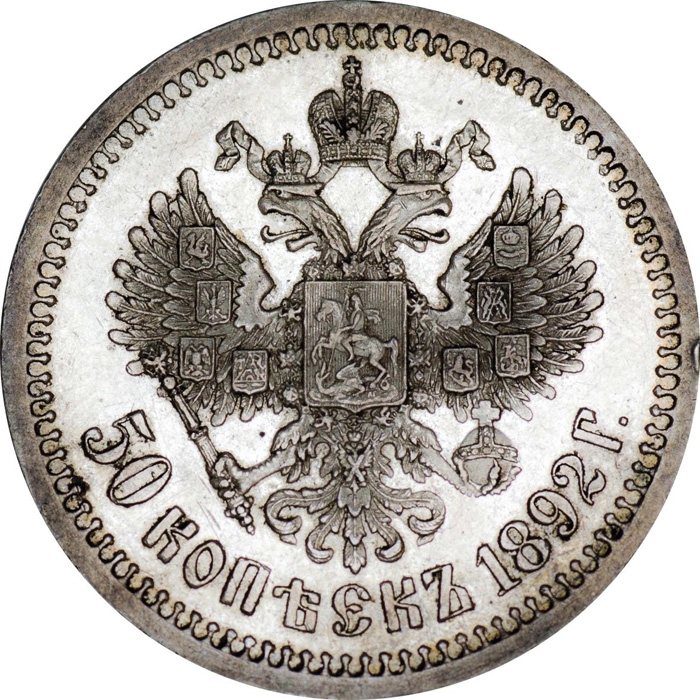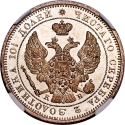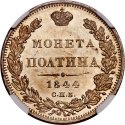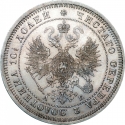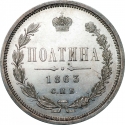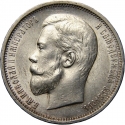You are about to finish your registration. Please check your mailbox (including spam folder). There should be a letter with a confirmation link. Check setting to make sure that your e-mail address is correct.
Send letter againDescription
Alexander III (1845-1894) was the penultimate Emperor of Russia, King of Poland, and Grand Duke of Finland from 1881 until his death in 1894. He was highly conservative and reversed some of the liberal reforms of his father, Alexander II. During Alexander's reign Russia fought no major wars, for which he was styled "The Peacemaker". More than six feet tall (about 1.9 m), he was also noted for his immense physical strength.
Obverse

|
Portrait of Alexander III. Along the rim the official short title: By the Grace of God Alexander III Emperor and Autocrat of All Russia. Б.М. АЛЕКСАНДРЪ III ИМПЕРАТОРЪ И САМОДЕРЖЕЦЪ ВСЕРОССIЙСКIЙ |
|---|---|
Reverse

|
Displays the Lesser Coat of Arms of the Russian Empire - a two-headed eagle crowned with two imperial crowns, over which the same third crown, enlarged, with two flying ends of the ribbon of the Order of Saint Andrew. The State Eagle held a scepter and globus cruciger. On the chest of the eagle there was an escutcheon with the arms of Moscow, depicting Saint George, mounted and defeating the dragon. The Lesser Coat of Arms depicts the imperial double-headed eagle with the addition of the collar of the Order of Saint Andrew around the escutcheon of St. George, and the Arms of Astrakhan, Siberia, Georgia, Finland, Kiev-Vladimir-Novgorod, Taurica, Poland and Kazan on the wings (seen clockwise). 50 КОПѢЕКЪ 1892 Г. |
| Edge |
Mint master mark: АГ (Appolon Grasgof), moneyer of the Saint Petersburg Mint (1883-1899). ЧИСТАГО СЕРЕБРА 2 ЗОЛОТНИКА 10.5 ДOЛЕЙ (А•Г) |

